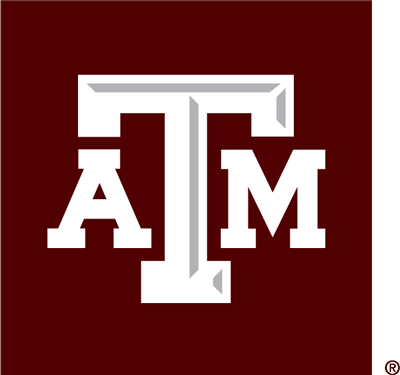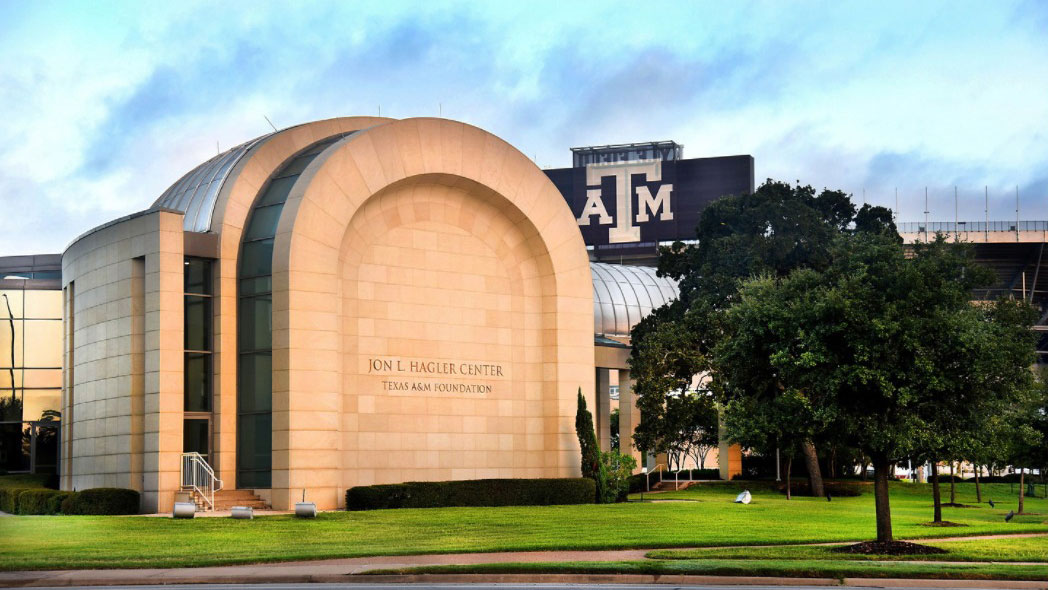
Many careers demand a deep understanding of mathematics. Knowing this, high school teachers Niaz Azeez ’26 and A.J. Perea ’23 are committed to helping their students build a strong foundational knowledge base and an appreciation for the discipline.
The two educators also realize their own love of math inspires students. This passion led Perea and Azeez to enroll in the Distance Masters Program in the Department of Mathematics, which is part of Texas A&M University’s College of Arts and Sciences. “This program gave me a new appreciation for online education and sympathy for being a student who is learning something for the first time,” said Perea. “I also gained a different perspective that I'm able to pass along to my students.”

The program’s expansion is driven by its director, Dr. Oksana Shatalov, whose passion for mathematics and distance learning is instrumental to its success. “Dr. Shatalov, who was appointed director of the Distance Master's Program in 2019, immediately began revitalizing it, adding new courses to the curriculum, encouraging the involvement of more faculty members, and increasing student enrollment,” said Dr. Peter Howard, head of the Department of Mathematics. “She has continued this work for the past five years, and throughout that time her stewardship of the program has been exemplary, ensuring that it remains among the best such programs in the country.”
The Distance Master’s Program has earned numerous prestigious rankings, including being listed sixth by the Master’s Program Guide. It also is recognized among the 10 best online Master of Mathematics graduate schools by GradSchool Centers and the best programs by NextGraduate.
“Flexibility for working professionals, personalized academic support, global reach, and the diversity of our students are what earned us these rankings,” Shatalov said.
The Basic Equation
Launched in 2000 by Dr. Don Allen, the program emerged as a trailblazer during the early days of online education. Several years after Allen’s retirement, Shatalov took the reins, bringing fresh ideas and a bold vision that revitalized the program and expanded its reach for a new generation of students.
“Since its inception, the program has graduated 270 students and expanded its global reach,” said Shatalov. “During the past five years, it has enrolled students from countries such as Switzerland, Australia, China, India and South Korea, building on a history of attracting participants from an even broader range of countries.”
The Texas A&M program is the nation’s oldest active online master’s program of its type, also continues to emphasize both quality and quantity as it serves mostly non-traditional students. “The program is designed to be completed in two to three years and is manageable while working a full-time job and/or raising a family,” said Julia West ’22, a dual-credit educator and at iSchool High at University Park, which is part of Lone Star College.
I just want to give the people who graduated five, 10 or 15 years ago in math or another discipline the opportunity to follow their dream of studying math.
Initially created with two tracks (teaching and computational mathematics), the program now includes a mathematics and statistics track. Shatalov hopes these offerings will encourage older students to reignite their passion for studying mathematics. “I just want to give the people who graduated five, 10 or 15 years ago in math or another discipline the opportunity to follow their dream of studying math,” she said.
Analyzing Keys to Success
While the program’s roots stretch back to 2000, recent changes have brought fresh energy and innovation to its curriculum. Shatalov works collaboratively with the program’s faculty and Academic Advisor Jeremy Kubiak to identify ways to strengthen and expand the program to meet students’ needs. “While they are enrolled in the program, our students experience a variety of personal situations, including working full-time jobs, parenting or getting married,” Shatalov said. “They have so many different things going on in their lives so we're trying to send them a message that we are here to help.”
The program is designed to accommodate each student’s unique needs. Rather than following a cohort model, students may enroll at the start of any semester and progress through their graduate studies at their own pace, allowing them to balance work and life commitments effectively. To that end, the program offers a student orientation three times each year to help incoming students understand how the program operates.
Shatalov launched Math 632: A Transition to Graduate Level Mathematics to bridge knowledge gaps for students who have been out of school for some time or hold an undergraduate degree in a field other than mathematics. As a result, this course equips students for success as they develop a solid foundation in advanced linear algebra, real analysis and differential equations.

The program provides targeted instruction to support students enrolled in specific tracks, such as Math 645: Survey of Mathematical Problems, which is part of the teaching track. This recently redesigned course supports current and prospective secondary and higher education teachers as they expand their knowledge and skills by exploring the breadth of mathematics, interesting mathematical problems and applications, and varying question types. The goal is to help them gain confidence in mathematical knowledge and identify how to engage students and inspire passion for mathematics.
To graduate, students must complete final oral exams before a committee, highlighting their mastery of graduate-level mathematics and ability to deliver well-organized presentations.
These program refinements raise the bar for meeting students’ needs. “Satisfaction scores and GPAs in this program show steady improvement over the years, which signals our focus on enhancing the student experience and maintaining academic rigor,” Shatalov said. “Our effectiveness in addressing concerns such as course scheduling and advising is reflected in the growing satisfaction ratings.”
Personalized Online Education

Perea, a 20-year classroom veteran who has taught almost every math and science high school course was in search of a professional challenge when he discovered that a master’s degree in mathematics would allow him to teach dual-credit courses at Midland Classical Academy in Midland, Texas. He quickly set his sights on Texas A&M’s online program because of the flexible schedule, reasonable cost and the chance to become an Aggie.
Both teachers found the program a worthwhile investment. “I enroll in only one course each semester because I don't have the bandwidth to do more,” Azeez said. “It’s rigorous, and I am experiencing a steep learning curve, but the program has completely changed the way I look at math. My previous perspective was naive, but I am beginning to see a more complete picture, and the deeper I dive the more convinced I am to stick with math for the rest of my life. The instruction is great, and the professors are personable.”
For many students, the program is expanding professional opportunities. “I am incredibly grateful for the opportunity to participate in such a quality program, especially one designed for non-traditional students,” said Caitlin Ireland ’23, who pursued the program’s computational option and is now an instructor at Rowan Cabarrus Community College in Salisbury, North Carolina. “I’m working toward a Ph.D. in my home state of North Carolina. The classes, preparation and rigor expected of me at Texas A&M is something I appreciate as I continue my career—and I am filled with such pride to call myself an Aggie!”
Ireland’s journey reflects the program’s broader mission: to offer flexible, high-quality education that meets the evolving needs of non-traditional students worldwide. As Texas A&M’s Distance Masters Program continues to grow, it remains a beacon for those looking to sharpen their mathematical skills, expand their career opportunities, and inspire future generations of learners.
Support Future Mathematicians
Help non-traditional graduate students reach their mathematical potential by creating a scholarship or supporting the Distance Masters Program in Mathematics. To learn more, contact Dedra Nevill at dpnevill@tamu.edu or 979.862.1546.

